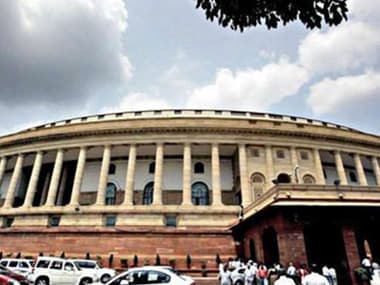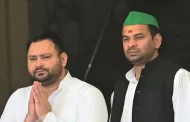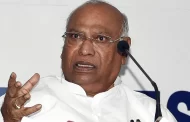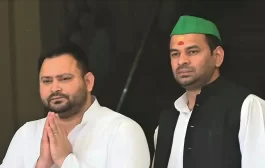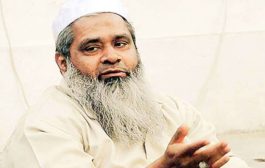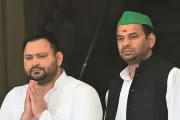A round-up of the analysis of the polls that saw three Hindi belt states flip from BJP to Congress.

The results of elections in five Indian states last week saw a dramatic change in the country’s political map, with three Congress chief ministers now in place in Hindi-belt states that were all previously held by the Bharatiya Janata Party. Though the Congress was booted out in Mizoram and K Chandrasekhar Rao registered a thumping victory in Telangana, most of the headlines focused on the North Indian states because of the straightforward BJP vs Congress contests in all three.
The results themselves were significant – especially because the Congress managed to come to power in Chhattisgarh and Madhya Pradesh after 15 years of BJP rule. But they were also being viewed through the prism of general elections, which are due in 2019. From this lens, the results were something of a semi-final, suggesting that the BJP’s North Indian hegemony is not as secure as many expected and that the Congress as well as the wider Opposition may be able to give it a fight.
Here’s a quick guide to the results from across the Indian media.
Basic stats:
- For the first time since 2014, saffron shrunk on the map of India, with a huge section of the Hindi belt flipping to the Congress.
- Both the Hindustan Times and Mint provided simple analyses of the results, using charts to explain how the Congress had recovered from historic lows and how the BJP has lost significant seat share in the Hindi states.
- Gilles Verniers pointed out how fewer women Members of Legislative Assembly found place in the Rajasthan and Madhya Pradesh assemblies, in part because of poor distribution by the parties. He also used the data to show how upper castes still dominate the Hindi belt.
- Two analyses also find that, while the Bharatiya Janata Party’s losses may have been higher in rural and agriculture-dominated areas, its popularity has dropped across various demographics and urban areas too.
Going deeper:
Some analysts took a closer look at what the statistics from the results were telling us.
- The BJP actually got more votes in total than the Congress in Madhya Pradesh, but pulled in fewer seats, a phenomenon that does not happen often in India. The Quint looked at how this actually worked.
-
- Two analyses also find that, while the Bharatiya Janata Party’s losses may have been higher in rural and agriculture-dominated areas, its popularity has dropped across various demographics and urban areas too.
Going deeper:
Some analysts took a closer look at what the statistics from the results were telling us.
- The BJP actually got more votes in total than the Congress in Madhya Pradesh, but pulled in fewer seats, a phenomenon that does not happen often in India. The Quint looked at how this actually worked.
-
- Was this a social media election? It is hard to quantify the impact of engagement online, especially since much of the outreach happens through WhatsApp, but the Hindustan Times found that Rajasthan was the only state where higher engagement on Facebook translated into electoral popularity.
Bigger picture:
- What would India look like if the results from the last four-and-half-years of state elections were translated into a national scenario? The Brookings Institute mapped out the picture, with a number of caveats.
- A few analyses attempted to look at what the correlation between development and policy indicators from the states might tell us about the results. Harish Damodran pointed out that across these states, the BJP had put work into building solid rural assets, but incomes did not rise and it might have suffered as a result. Both Quartz and the Hindustan Times also brought up the question of jobs, which the BJP-run Centre has not been able to provide, which may be responsible for much of the unhappiness with the party.
- “The larger humbling lesson is this: India’s development model is producing serious and systemic discontent,” writes Pratap Bhanu Mehta. “2019 feels more like a fight for survival of the republic, not the buoyant narrative of a young nation marching into the future.”
- “The inability of the Modi government to resolve the agrarian crisis and provide jobs will inevitably be two of the key campaign issues,” writes Ashutosh Varshney. “The Congress does not need to give an account of what it did in the last five years. That is the BJP’s headache.”
- “A crucial message from the elections is that voters do not wait for an “ideal” alternative,” writes Suhas Palshikar. “This may produce clumsy outcomes and certainly it won’t bring great transformations, but it may just bring the BJP’s narrative down to earth.”
- “The capitalism-with-Hindutva-characteristics model of the last four years has attempted to take the country down a road very different from the one it had been on since Independence,” writes Manas Chakravarty. “Some believe it is the path to prosperity, others that it will lead to disaster. This model has been badly mauled in the state elections. The national elections next year will be its acid test.”
source: Scroll.in

